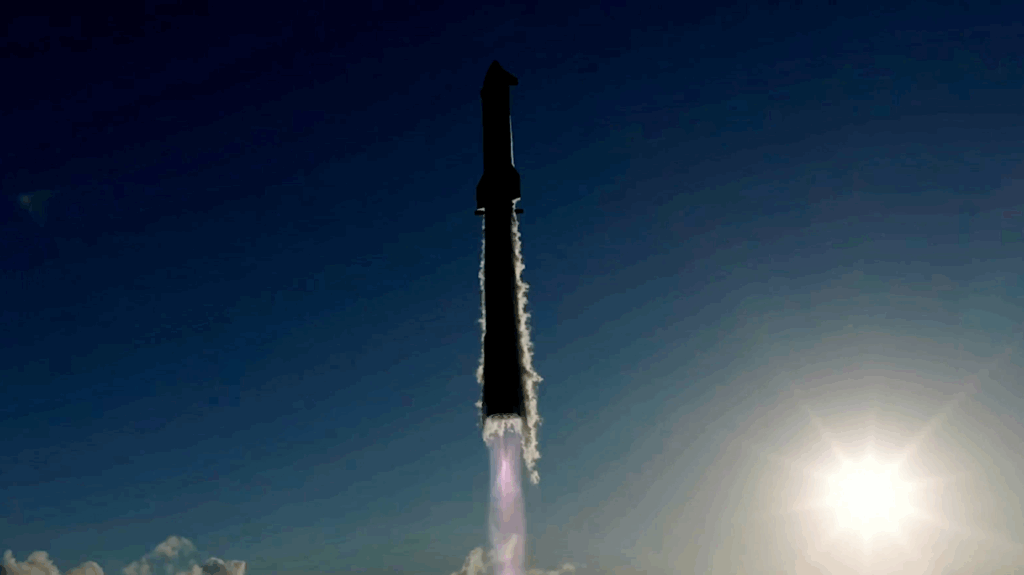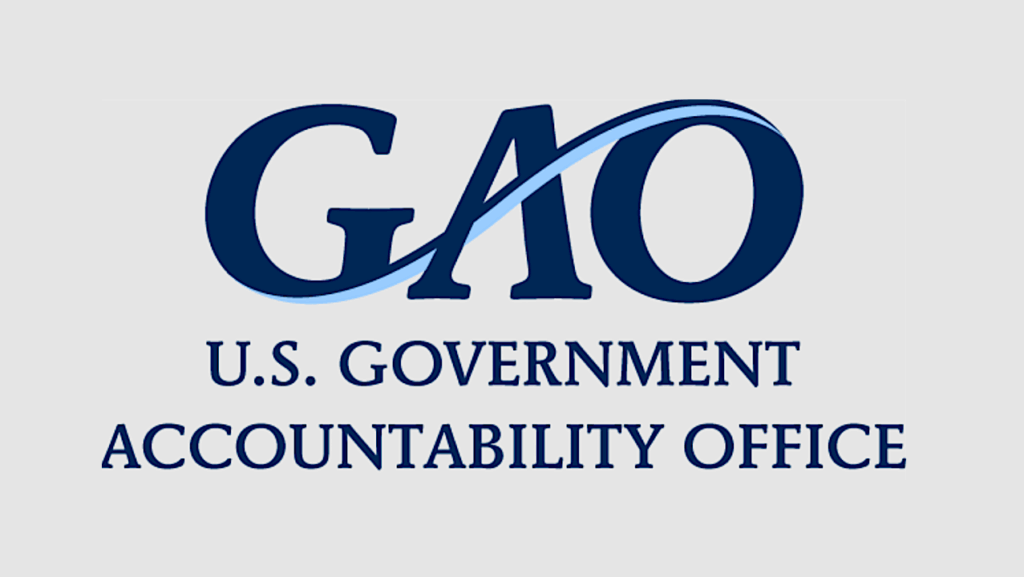Sierra Nevada Develops Stratolaunch Launch For Dream Chaser
 Sierra Nevada Corporation Develops Design for Stratolaunch Air Launch System for Low Earth Orbit
Sierra Nevada Corporation Develops Design for Stratolaunch Air Launch System for Low Earth Orbit
“Sierra Nevada Corporation (SNC) today announced a design for an integrated system for human spaceflight that can be launched to low Earth orbit (LEO) using Stratolaunch System’s air launch architecture and a scale version of SNC’s Dream Chaser(R) spacecraft.”









“Scaled version” means “scaled down version”. I wonder how much scaled down.
If you look at the Thunderbolt LV’s rated mass to LEO vs. the posted mass of DC they’d have to scale it to about 75%, give or take. Though ISTM DC’s mass may drop if they follow through with using liquids instead of hybrids.
Your 75% calculated scale for DC Lite is right on the money with the announcement. Nice
Well, the article mentioned that this smaller DC would carry a crew of up to three. My WAG is, given that the full-sized DC has the two flight crew members sitting side by side (and passengers behind them arranged the same), I’m betting that this down-sized version will have them sit in tandem (with maybe a little room left over for their luggage)
Pity that they couldn’t use the FS version with the Strato, but I suppose it’s a matter of payload (DC) weight and LV performance… isn’t it always? Plus there’s the matter of the craft being not only horizontally integrated, but also it’ll be air-carried that way — cantilevered from the booster “top” (so DC weight will also play into this as well).
As for the FS DC, I’m sure they’re not abandoning that one, either. That hardware already exists, and they have arrangements with ULA… for now.
Interesting, but I think they would have had more luck going with a Falcon. (don’t know if that is possible) No news on Stratolaunch’s website for the past year and a half. I wish Dream Chaser the best.
If scaled means ‘Scaled Composite’ then work is continuing but with a different launch vehicle.
If scaled means a different size, at this stage in the project it will add years to the development time. It may be cheaper and quicker to complete the current design and then produce a second model. Although the change in engine may be forcing a full redesign.
Hmm.. actually, the biggest change I see is the new vehicle losing the rear entrance/dock (can’t really be scaled down)and gaining a top entrance/connection points. Full redesign, indeed.
…and now we get the graphic totally blowing that idea out of the water.. guess I assumed that the scaled down DC would be carried like Spaceship 2. Bad me.
Its looks like a canada goose.
I’d have gone with SpaceX, just to spite Boeing.
Air launch reusable is where Rutan should have pushed further, tho.
If the overall idea is to save money, anything that gets you closer to airliner like operations is a good start.
Could be workable, I think. Have an upper stage, say something similar to a 2x length F9 upper stage with four or five Merlin-1d engines and it should do the job. Add a proper F9 upper stage and a fairing for satellite launch and you have a viable launch system!
Let’s see if SNC and Stratolaunch can put together something viable in financial terms!
From Jeff Foust’s tweeter feed:
“Gravelle: looked at using Stratolaunch system for suborbital Dream Chaser flghts, including point-to-point missions”
“Gravelle: vehicle roughtly the size of Apollo command module, can do 2-3 people to ISS or other LEO missions”
Point to point is interesting .. VG talked about that also in the past. The 2-3 for LEO … If SpaceX does do 20 million a seat or 140 million for a Falcon9.DragonV2.0 could a 2-3 person launch be conducted for 40-60 million with the stratolauncher to be competitive? It would be 60-90 million to match Boeing.
I don’t see P2P or launch on demand viable without a reusable launch vehicle. In addition to the expense (there are very few things you want to deliver in 2 hours at a cost of $50M) there is the issue of inventory. Who in their right mind will keep an inventory of two or three rockets sitting around, just in case an urgent delivery is required? That is an awful lot of money sitting idle for the occasional mission.
Can you think of the only organization on the planet that point to point would make sense and economics is not a deciding factor? (hint DOD)
As you say, without reusablity it would be insane to even consider. the military is the only place that could toss that much money away for p2p.
The Stratolaunch system uses a jet carrying a rocket to be built by Orbital Sciences. It is Antares-scale (6100kg to LEO), built as a Super-Pegasus
First 2 stages are solids which actually result in a first-stage equivalent as each stage provides half the velocity needed.
The upper stage is a pair of RL-10 lox/lh2 engines used on Atlas-centaurs and DeltaIVs.
Originally to be built by SpaceX as a F9 variant, it was then scaled down to F5, then F4. SpaceX then dropped out (amicably apparently) from such customization, and OS partnered in.
Prior to this announcement, the first unmanned satellite launch was scheduled for 2018. That would push the first crewed launch to the earliest at the end of the decade
There it would compete with a mature, reusable (possibly upper stage included) falcon/Dragon. Not a good prognosis for Dream Chaser Lite.
The cryo stage may be replaced with at least a pair of solids. That would tremendously simplify management.
The image supplied by Stratolaunch shouldn’t be taken too literally.The photoshop shows a shrunken Dream Chaser attached on the front of the payload shroud. The real shape and configuration of the spacecraft and rocket would likely vary from the graphic.
Yeah, what about having a kick stage, rather than making a mostly new vehicle design? I’m assuming the scaling is needed for having enough propulsion. Well Stratolaunch already has the extra stages… maybe they just decided to meet the payload limit so it gets to LEO fully on Stratolaunch power?
DC abort would use glide. No parachutes, that might burn like on Atlas, SLS, Liberty in an abort from the exploding or vented SRBs. These systems that use solids ought to do aborts that vent to see if the parachutes are not damaged.
I’m not sure why so many people continue to say that SNC would have been better of going with the Falcon. While Falcon-9 may (or may not) be ready to carry a crewed vehicle sooner, I’m guessing SNC would have a hard time getting in the queue in any timely fashion. F9 manifest is extremely full, and only getting fuller.
with reusability guaranteed by design, the flight costs will end up being very reasonable. makes it perfect for passenger service into space, sightseers mainly until the inflatable space hotel is ready.